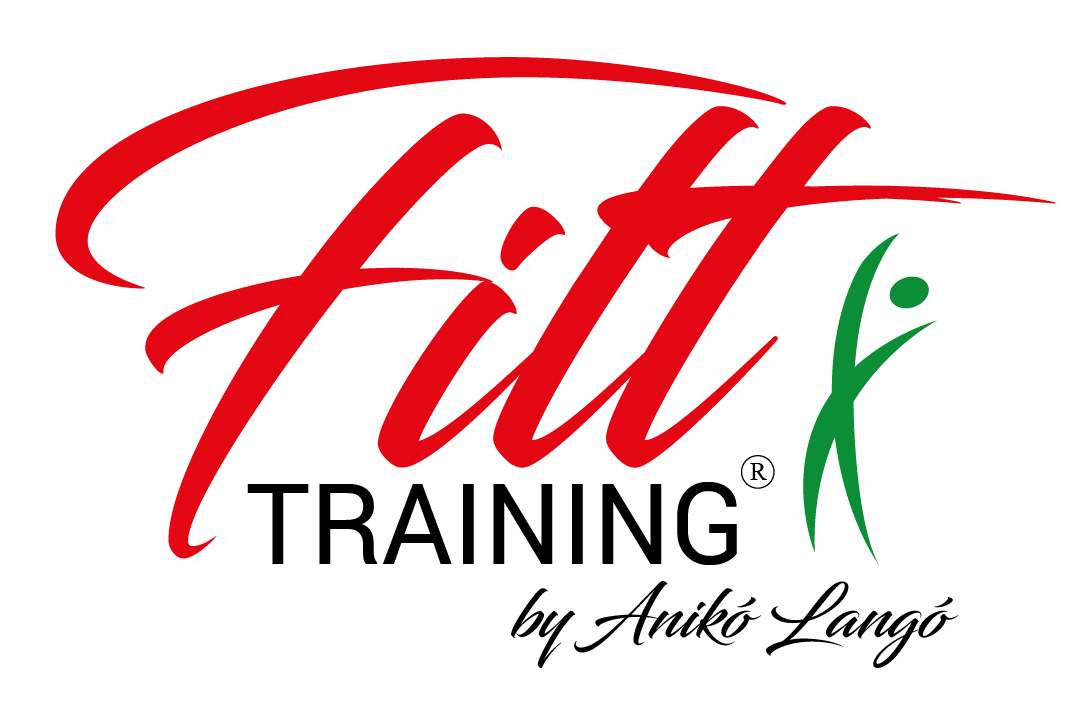Most of us want to jump straight into the “real” workout. Who has time for ankle circles or easy marching on the spot when there are weights to lift or miles to run? But here’s the truth: if your goal is to stay healthy — especially if you’re over 40 or training with a chronic illness — skipping the warm-up is one of the fastest ways to get hurt.
Warming up doesn’t look impressive. No one claps for ankle circles or easy marching on the spot. But those minutes are what prepare your body for what’s next. Skip them, and your muscles, joints — even your heart — are forced into work they’re not ready for. Take them seriously, and your body slides into training mode without protest.
Why warming up isn’t “extra”
Picture this: you’ve been sitting all day, or you’ve just rolled out of bed. Your heart is calm, your muscles are cold, your joints feel stiff. Then you suddenly try to sprint or lift a heavy weight. That’s like asking a parked car to go from zero to highway speed in an instant. Something’s going to creak.
A warm-up is the bridge. It slowly raises your pulse, gets blood flowing, warms the muscles, and wakes up your nervous system so your movements feel quicker, more coordinated, less clumsy.
And if you’re training with health issues — type 2 diabetes, high blood pressure, or fatty liver disease (MASLD) — the warm-up matters even more. In the morning, when your muscles are stiff and your metabolism is running slow, skipping this step is like stacking stress on top of stress.
What actually happens in your body
When you warm up properly, a lot is going on inside:
- Your heart rate and circulation increase.
- Muscle temperature rises, making them more flexible.
- The nervous system fires up, so coordination improves.
- The risk of muscle pulls and joint strain drops.
That’s the science. But the feeling is simple: your body eases into the workout instead of fighting against it.
How long is enough?
For most adults, 10–12 minutes of light, steady movement is enough. Walking, gentle cycling, mobility drills. If you’re older or exercising in cold weather, aim for 15 minutes. That’s long enough for your joints to loosen, your muscles to warm, and your breathing to catch up — without leaving you tired.
In Fitt Training®, warm-ups are never one-size-fits-all. They’re adjusted to your age, health status, and goals. Someone recovering from joint pain will warm up differently than someone managing metabolic syndrome with exercise therapy. The principle is always the same: move gradually, prepare fully.
What makes a good warm-up?
It depends on what you’re about to do:
- Before running: Start with brisk walking, ankle and knee circles, a few squats, then dynamic stretches for hamstrings, hips, and calves.
- Before strength training: 5–10 minutes on the elliptical or treadmill, followed by light bodyweight moves — wall push-ups, squats with a fit ball, or resistance band pulls.
The sign of a good warm-up? You feel warmer, maybe a little sweaty, your heart rate is up — but you’re not tired. That’s your green light for the main workout.
The Fitt Training® approach
In Fitt Training®, warm-up isn’t treated as an afterthought. It’s part of a bigger system. Training is periodized and personalized, with plans changing every three months based on progress, lab values, and sometimes medication changes.
In Fitt Training®, the warm-up isn’t a side note. It’s the very first brick in the wall. Whether your goal is hybrid therapy — combining exercise with medication — managing a chronic condition, or just keeping strong after 40, this first step sets the tone. Skip it, and the whole session is on shaky ground.
Conscious movement starts here
You can’t build strength, stamina, or endurance on a sloppy start. Miss the warm-up and it’s like building a house with no foundation. It might look fine for a while, but sooner or later, cracks show up — and they’re harder to fix than they were to prevent.
Don’t call the warm-up wasted time.
It’s the first real minute of your workout, the one that tells your body, „We’re moving now.”
That short start protects your joints, helps you recover faster, and makes every rep or step afterwards more effective.
Don’t you know how to warm up properly? I’ll show you!




